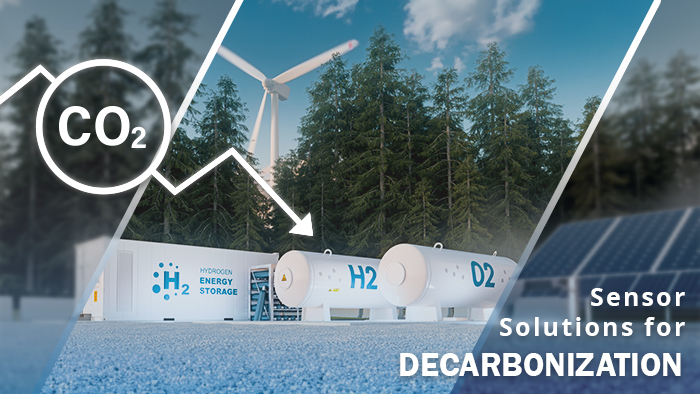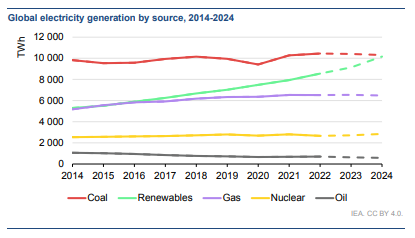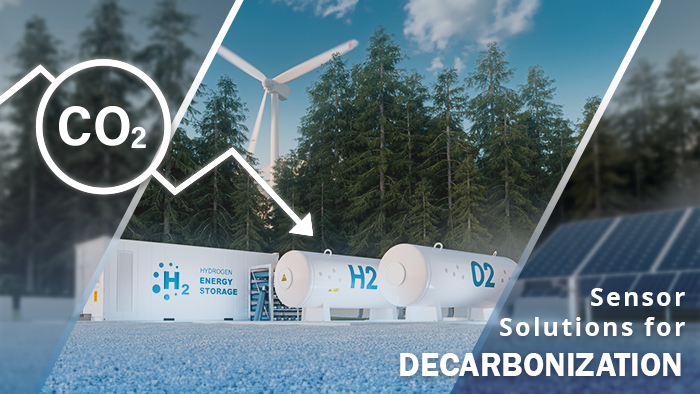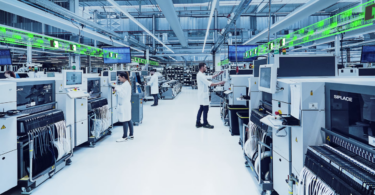SICK tackles low-carbon combustion and cleaner production processes
Renewable energy sources, such as solar and wind, are increasing rapidly. On the other hand, global energy demand is constantly increasing. Industries for manufacturing metal and steel, cement, chemicals, and petrochemicals waste incinerations, and fossil fuels power plants are responsible for a large part of the CO2 emissions. Conventional energy sources aren’t losing their role overnight. The transition is occurring in stages: from coal to natural gas and liquefied natural gas (LNG) through to synthetic fuels and, in the end, hydrogen – a cleaner energy source. Besides carbon capture, utilization, and storage (CCUS), there are numerous approaches for reducing CO2 emissions.
How to get the world to net Zero Carbon?
Net Zero targets, or decarbonization megatrend, are mainly aiming to reduce carbon emissions. The main direction is getting out of fossil fuel sources and using more renewables and sustainable energy sources. Renewables will pass coal in a couple of years as the world's biggest power source, but still, fossil fuel-based sources will be used significantly. Therefore, low carbon combustion technologies investments are growing in parallel with renewables technologies.
“Renewables are getting cheaper = the energy transition is solved! Is it the end of the story? What about availability? I fully support renewables, but I think Low Carbon combustion solutions deserve the same importance level as renewables. For example, hydrogen-burning gas turbines or green ammonia co-firing plants. The priority is renewable energy, but it should not be forgotten to decarbonize the existing fossil-fueled infrastructure.”
Ihsan Ceylan,Global Industry Manager Thermal Power Production & Renewables, SICK AG
What role does Carbon Capture Utilization and Storage (CCUS) play in this?
Sensor solutions for CCUS as well as the production, use, and transport of hydrogen. The use of fossil fuels for power generation and in industrial processes generates CO2 emissions. Carbon capture is a technological approach that can remove more than 90% of the carbon dioxide emissions. This avoids carbon dioxide going into the atmosphere. According to the IPCC report, climate experts agree that it is necessary to remove CO2 from the atmosphere to achieve our climate goals. The separated carbon dioxide can be transported to a permanent storage facility deep underground. Alternatively, the carbon dioxide can be recycled for further use by converting it into other products of higher economic value. This ensures the carbon neutrality of the production processes. Examples of this include synthetic fuels, plastics, or concrete. The development of the CCUS technologies has created new challenges for sensor solutions. SICK offers a portfolio of solutions to support carbon capture and CO2 transport applications.
“The amount of carbon dioxide introduced into the atmosphere has increased significantly since the beginning of the industrial age. If we do nothing to reduce the amount of CO2 released into the atmosphere, the world will feel increasing effects of climate change. CCUS will be necessary to achieve our high carbon emission reduction goals and could be one of the bridges to a low-carbon future.”
Aurélie Moll, Head of Industry Group Energy, SICK AG
The SICK strategy for the energy transition
With its “Green Sensor Solutions” initiative, SICK is helping their customers to use resources more efficiently, minimize their impact on the environment, and provide sensor solutions for a carbon neutral world. The move away from fossil combustion processes is accompanied by an uptake of new technologies. The expansion of regenerative energy generation plants (photovoltaic, wind power) will play an even greater role in future. SICK also provides intelligent sensors for this, for example to optimize the output of these plants.
“Climate change and resource scarcity demand committed action. We regard it as our responsibility to leave behind a livable environment for further generations through climate protection.” SICK AG Sustainability Report, May 2023
Nicole Kurek, Member of the Executive Board at SICK AG
Want to learn more about CCUS solutions?








